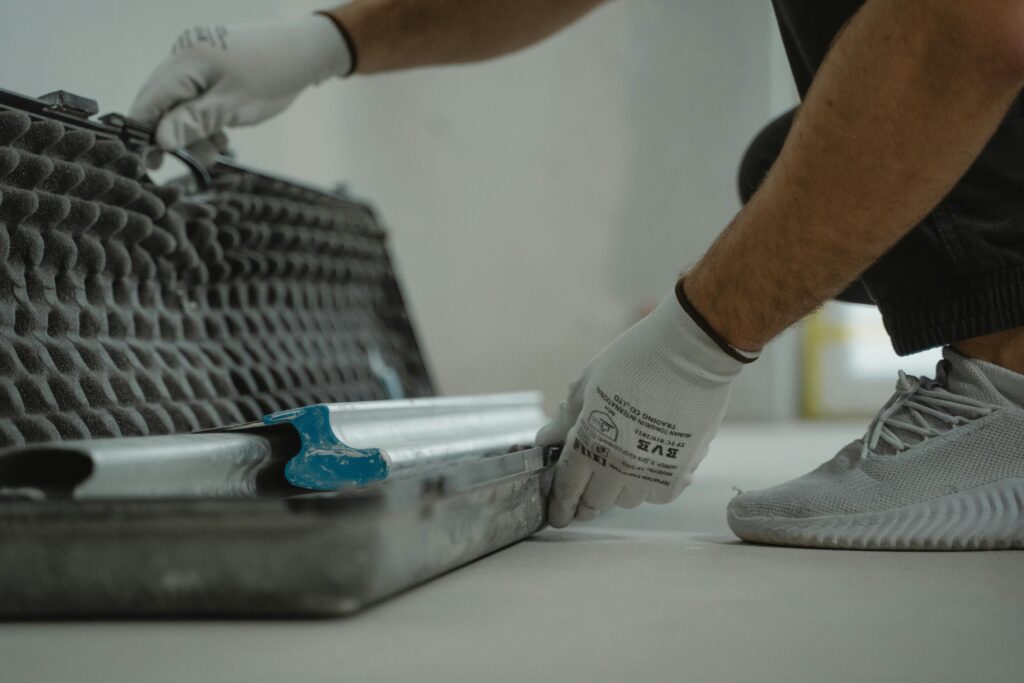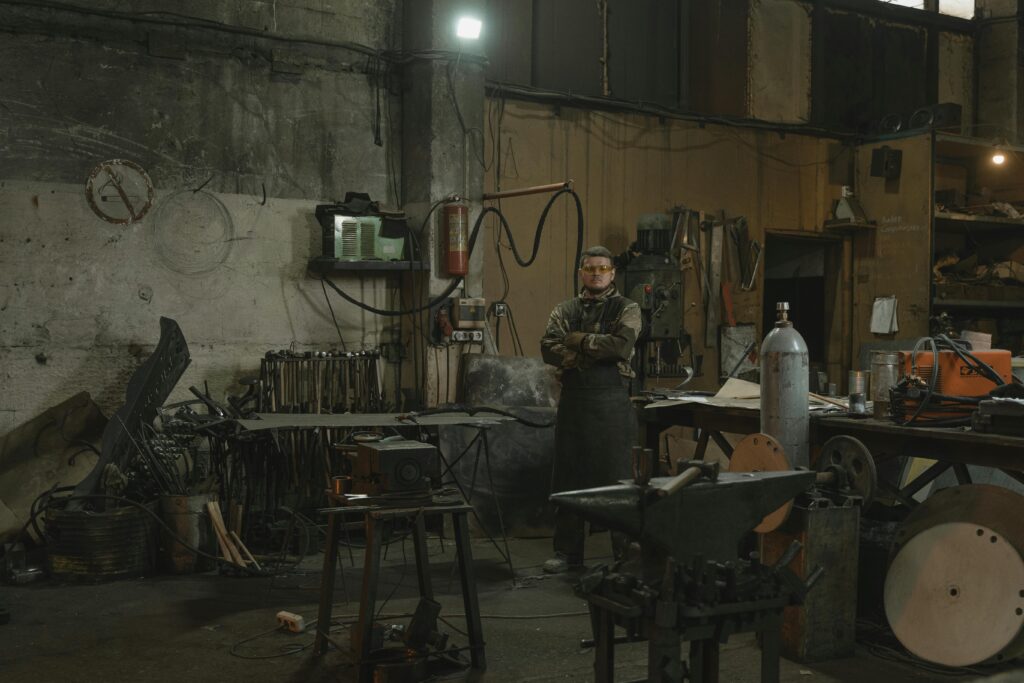Are you looking to elevate your mechanical art to the next level?
If you’re seeking new ways to create dynamic and captivating movements in your mechanical art pieces, cam mechanisms may be the solution you’ve been searching for. In this article, we will explore innovative ways to incorporate cam mechanisms into your designs, pushing the boundaries of what is possible in mechanical art.
What are cam mechanisms?
Before diving into how to use cam mechanisms in your mechanical art, let’s first establish what cam mechanisms are. Cam mechanisms are devices that transform rotary motion into linear motion, or vice versa. They consist of a cam, which is a specially shaped piece that rotates to impart motion to a follower. The follower moves in a predetermined path based on the shape of the cam, resulting in controlled and precise movement.
Incorporating cam mechanisms into your designs
Cam mechanisms offer a wide range of possibilities for creating mesmerizing movements in mechanical art pieces. By understanding the different types of cams and how they can be utilized, you can unlock a new world of creativity and innovation in your designs.
Types of cam mechanisms
- Cylindrical cams: These cams have a symmetric shape and are commonly used for simple linear motion applications.
- Disk cams: Disk cams have a flat, disk-like shape and are suitable for more complex motion profiles.
- Plate cams: Plate cams consist of a flat plate with a protruding cam profile and are ideal for applications requiring precise control over motion.
- Face cams: Face cams have a cylindrical shape with a curved cam profile on the surface facing the follower, offering smooth and continuous motion.
By choosing the right type of cam mechanism for your design, you can tailor the movement of your mechanical art piece to achieve the desired aesthetic and functionality.
Creative applications of cam mechanisms
Cam mechanisms can be used in a variety of creative ways to add dynamic motion to your mechanical art pieces. Here are some innovative applications of cam mechanisms in mechanical art:
- Animating characters: By incorporating cam mechanisms into the joints of a mechanical character, you can create lifelike movements such as walking, waving, or dancing.
- Creating kinetic sculptures: Cam mechanisms can be used to control the movement of various elements in a kinetic sculpture, adding an interactive and dynamic aspect to the artwork.
- Producing synchronized movements: By linking multiple cam mechanisms together, you can achieve synchronized and coordinated motion in your mechanical art piece, creating intricate and mesmerizing patterns.

Design considerations for cam mechanisms
When integrating cam mechanisms into your mechanical art designs, there are several important factors to consider to ensure optimal performance and functionality.
Cam profile design
The shape of the cam profile plays a crucial role in determining the movement of the follower. By carefully designing the cam profile to match the desired motion trajectory, you can achieve smooth and precise movement in your mechanical art piece.
Follower design
The follower is the component that comes into contact with the cam and follows its motion. Choosing the right type of follower, such as a roller, flat-faced, or knife-edge follower, is essential for ensuring smooth and efficient operation of the cam mechanism.
Materials and manufacturing
Selecting high-quality materials and precision manufacturing techniques is key to the reliable performance of cam mechanisms in mechanical art. Consider factors such as wear resistance, lubrication requirements, and dimensional accuracy when designing and fabricating cam mechanisms for your artwork.
Case study: The use of cam mechanisms in kinetic sculptures
To demonstrate the creative potential of cam mechanisms in mechanical art, let’s explore a case study of their application in designing kinetic sculptures.
Project overview
Our project involves creating a kinetic sculpture that simulates the graceful motion of a bird in flight. By utilizing cam mechanisms to control the wings and body of the bird, we aim to capture the beauty and elegance of avian movement in a mechanical art piece.
Design considerations
- Cam profile: We designed a custom cam profile that mimics the flapping motion of bird wings, with gradual acceleration and deceleration to achieve a natural and lifelike movement.
- Followers: We selected roller followers to minimize friction and wear, ensuring smooth and consistent motion of the wings as they interact with the cam profiles.
- Materials: To withstand the repetitive motion of the cam mechanisms, we chose high-strength materials with excellent wear resistance and durability for long-lasting performance.
Implementation
After finalizing the design and fabrication of the cam mechanisms, we integrated them into the kinetic sculpture by carefully positioning them within the structure of the bird. By fine-tuning the cam profiles and followers, we were able to achieve the desired motion of the wings, seamlessly transitioning from upward to downward strokes to create a realistic flying motion.
Results
The kinetic sculpture successfully emulates the flapping motion of a bird in flight, captivating viewers with its graceful and dynamic movements. The use of cam mechanisms has enabled us to push the boundaries of mechanical art, demonstrating the endless possibilities for creative expression through innovative design and engineering.

Conclusion
Incorporating cam mechanisms into your mechanical art pieces can elevate your designs to new heights, adding dynamic movement and visual interest to your creations. By understanding the principles of cam mechanisms and their creative applications, you can unleash your creativity and bring your artistic vision to life in mesmerizing motion. Experiment with different types of cams, design custom cam profiles, and explore innovative ways to use cam mechanisms in your designs to unlock a world of endless possibilities in mechanical art.

